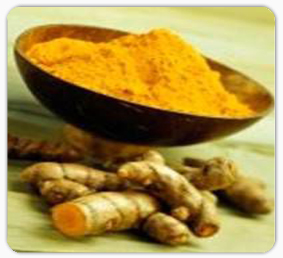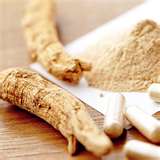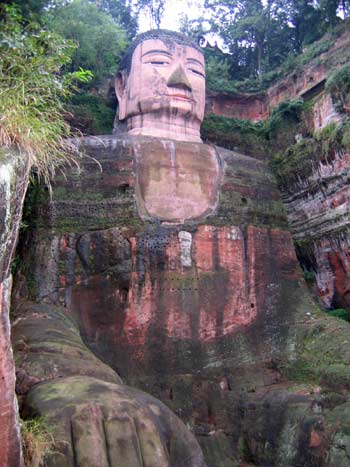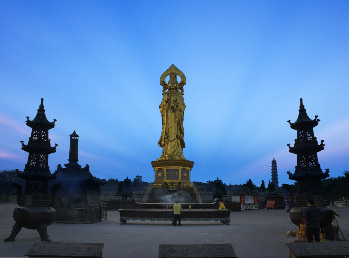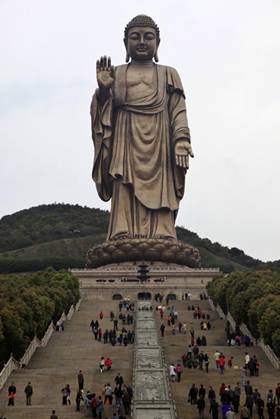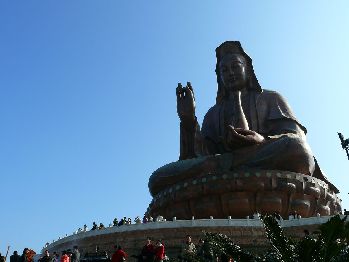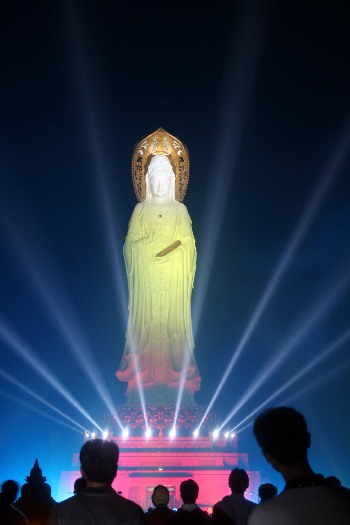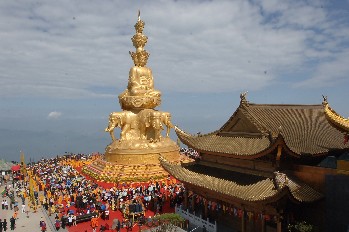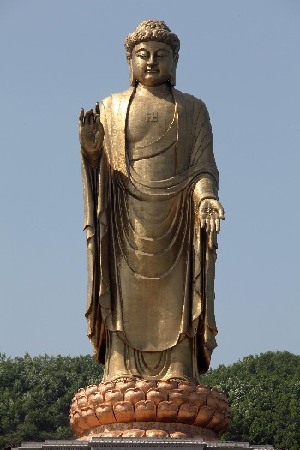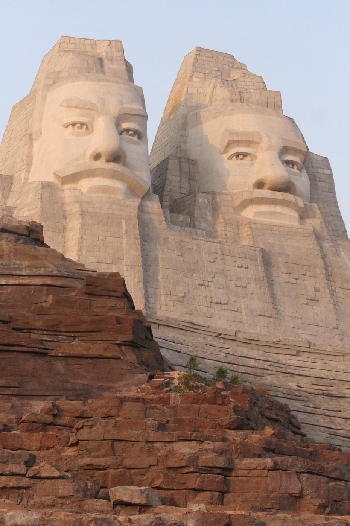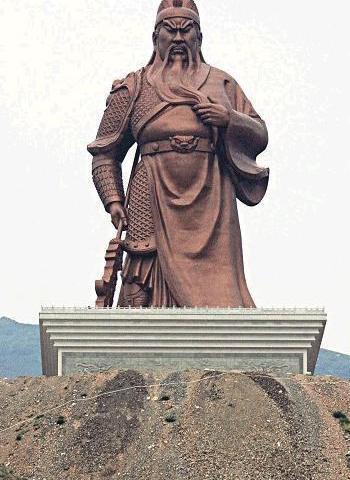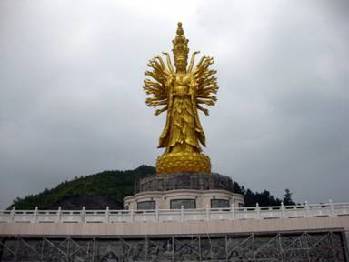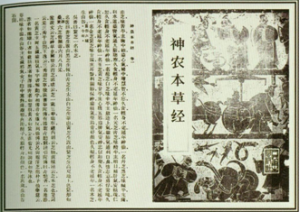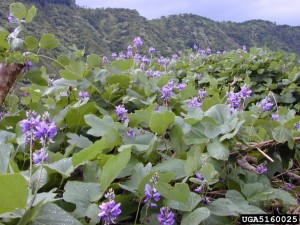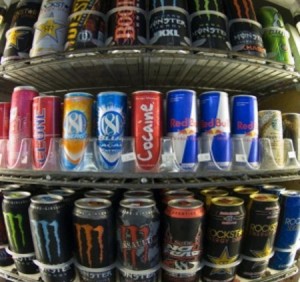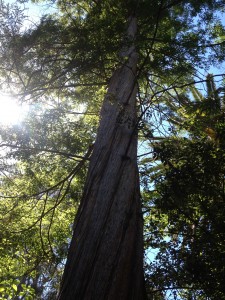 China has given us so many incredible jewels of nature in the form of medicinal herbs. Chinese herbs such as Ginseng, Cordyceps and this amazing beauty. Not exactly a Chinese herb, but I was impressed with this redwoods story, I had to add it here.
China has given us so many incredible jewels of nature in the form of medicinal herbs. Chinese herbs such as Ginseng, Cordyceps and this amazing beauty. Not exactly a Chinese herb, but I was impressed with this redwoods story, I had to add it here.
This amazing jewel lives in Los Angeles. Her name is Dawn Redwood or Metasequoia. Her grandparents were only known as a fossil until her parent was found in central China in 1944.
In 1948, Dawn was brought to Los Angeles as a seed. She has been living by this stream at UCLA ever since. She is most probably the tallest of her kind in North America. Don't you love her stately pose with the sun shinning through her?
Amazing to think she came from just a tiny seed.
Tomorrow I will post the Chinese herbs growing in Los Angeles.

